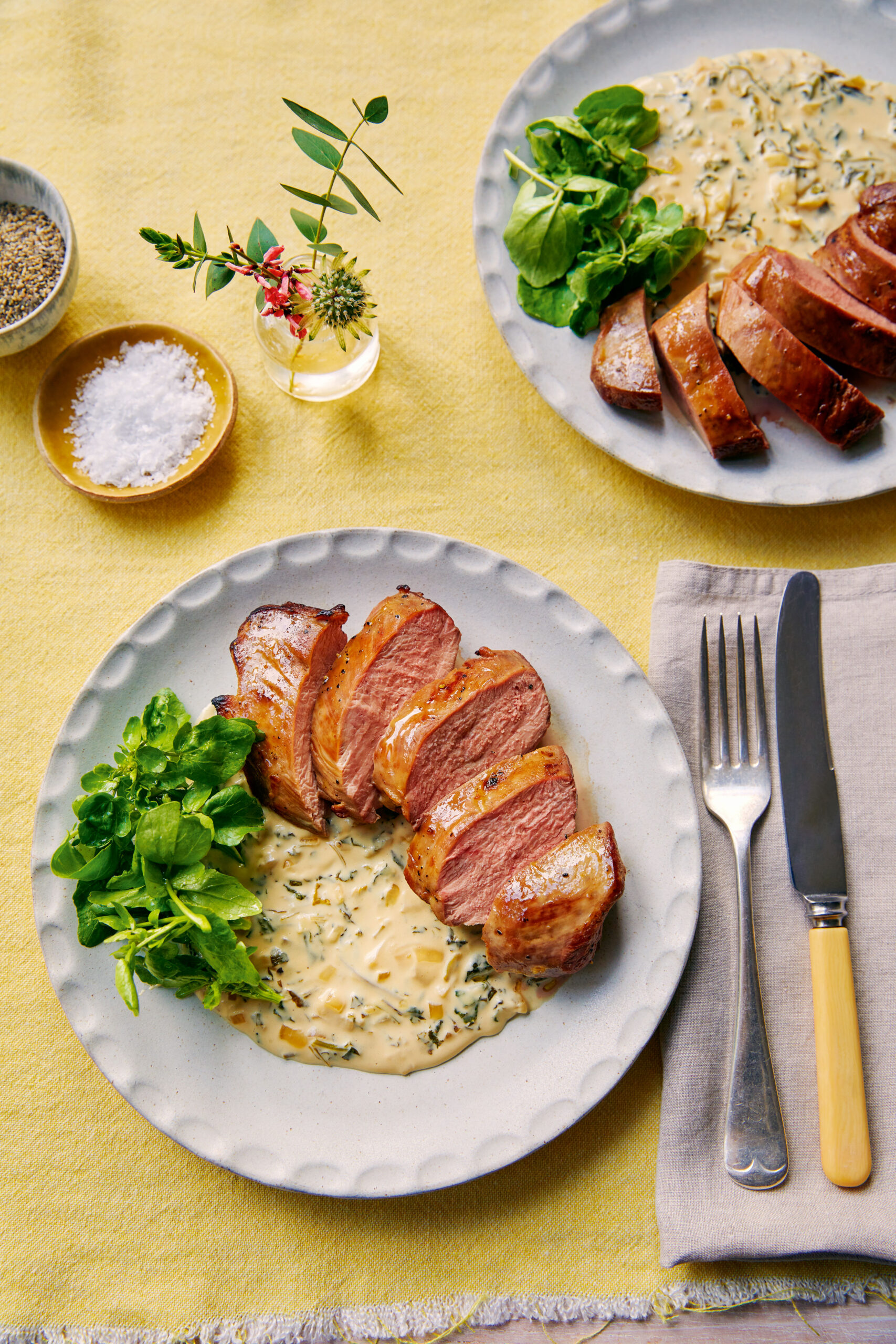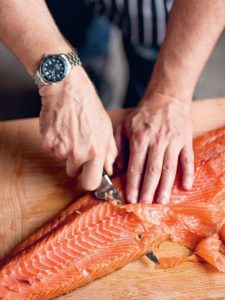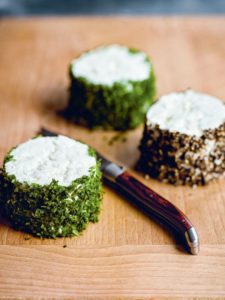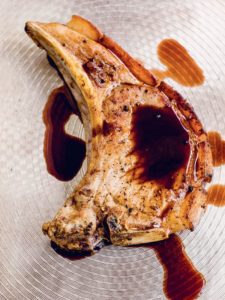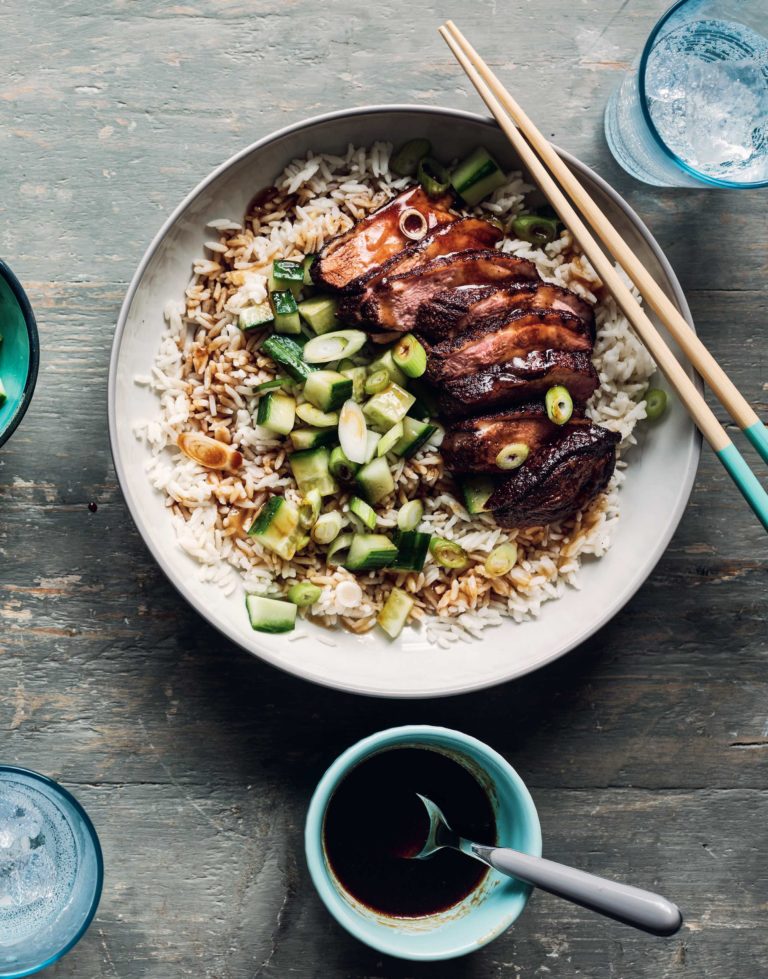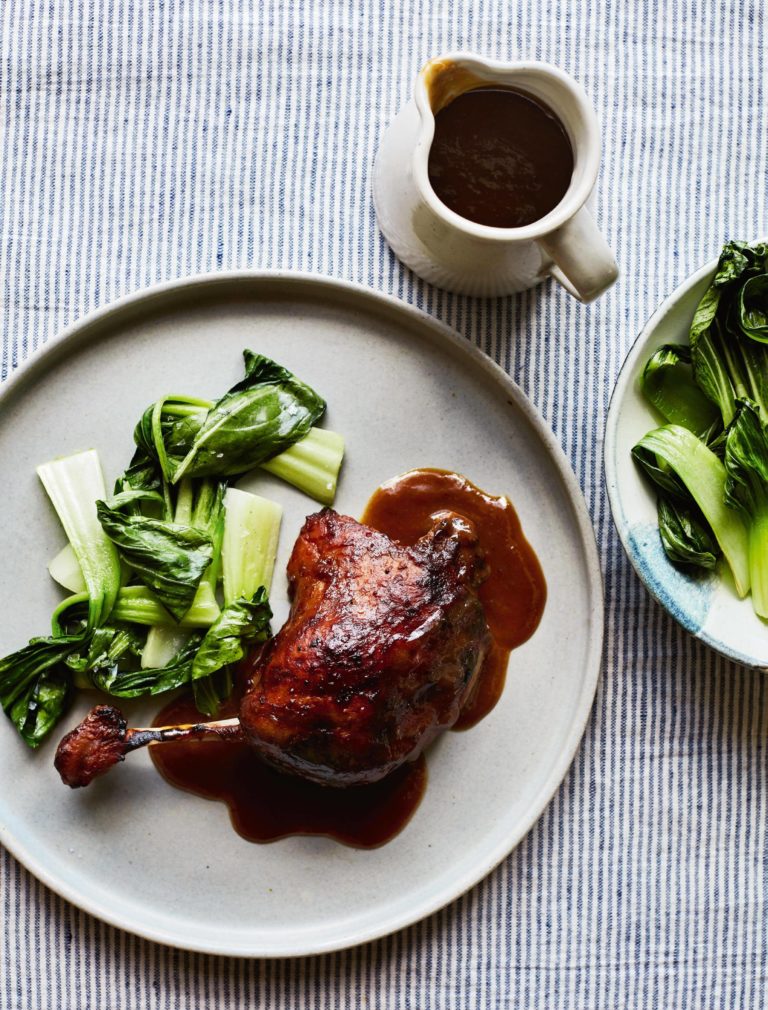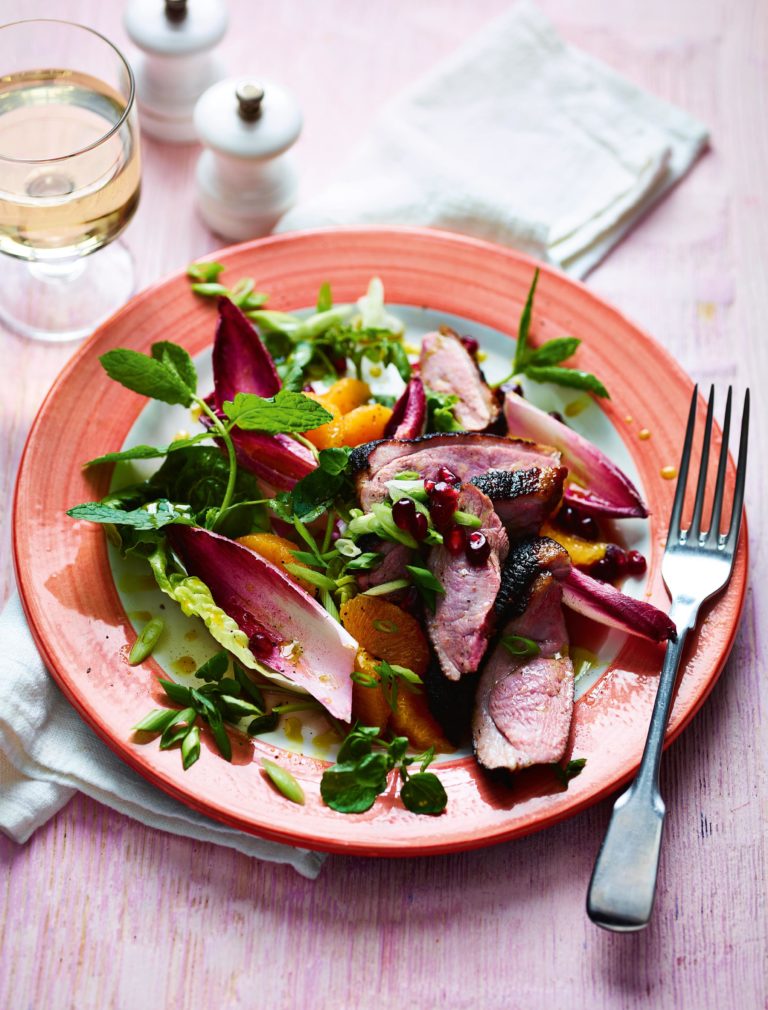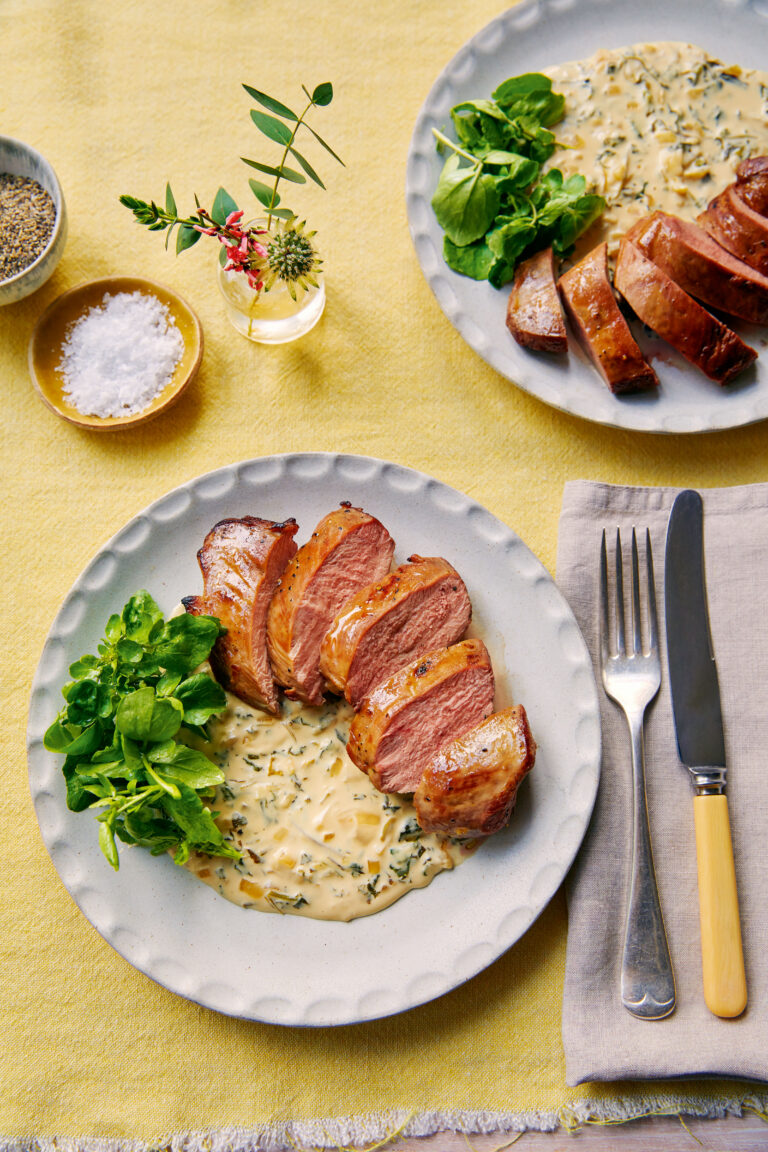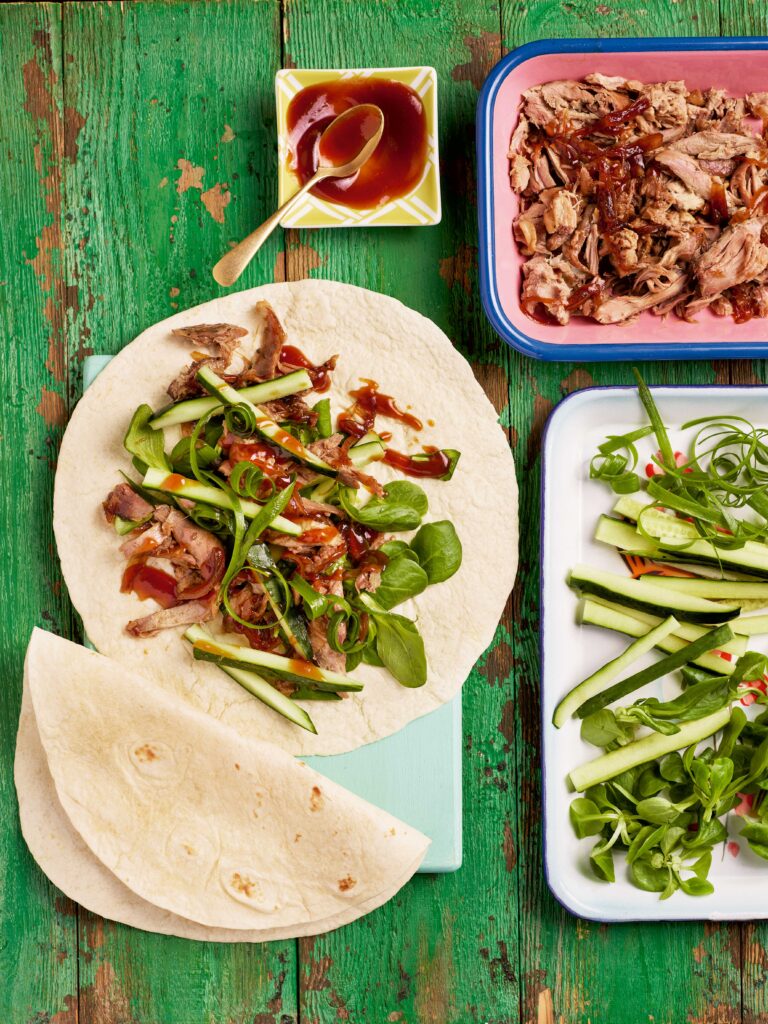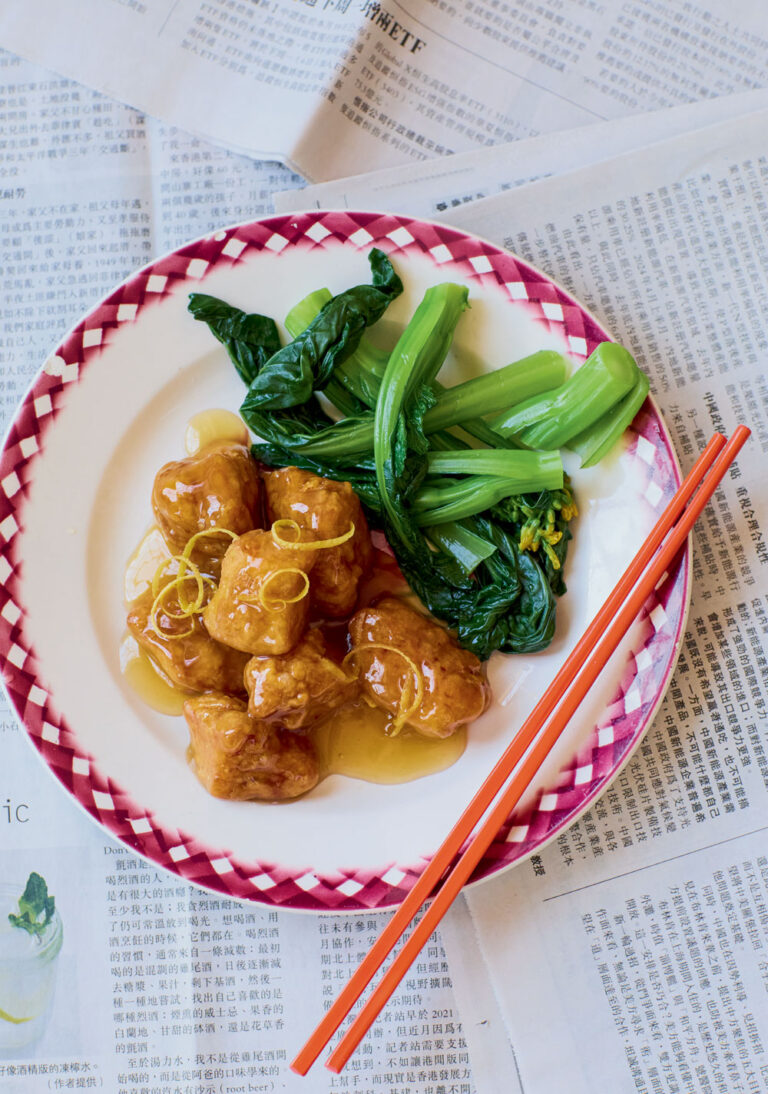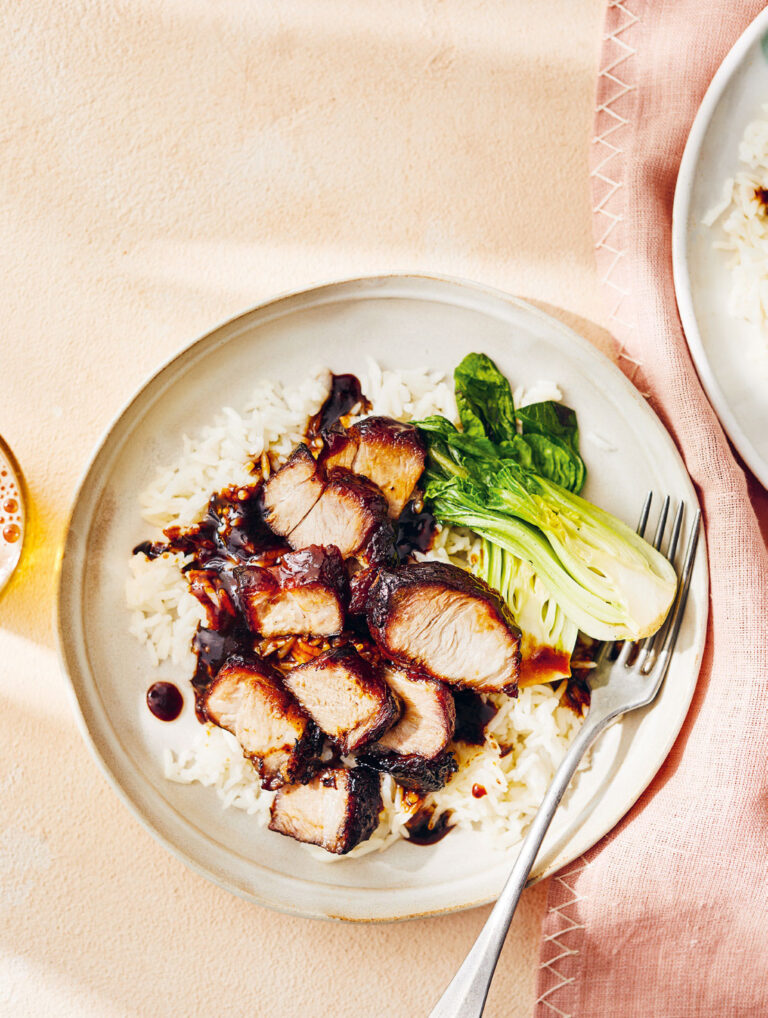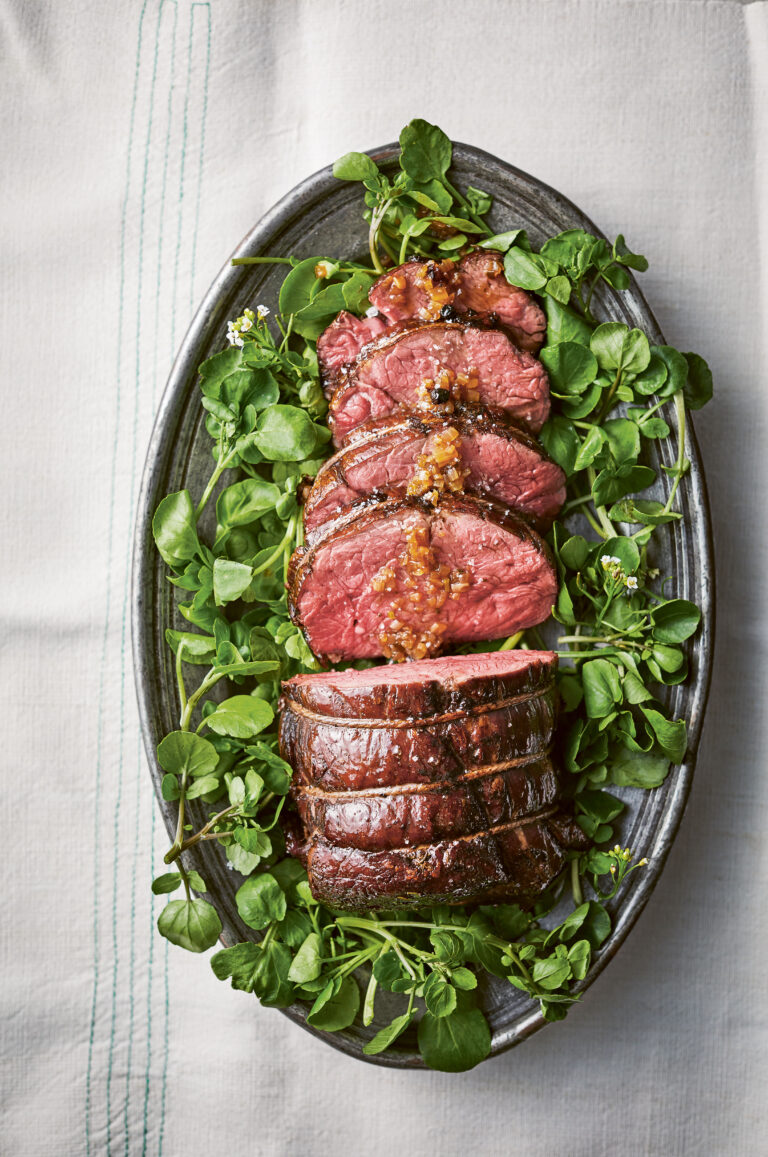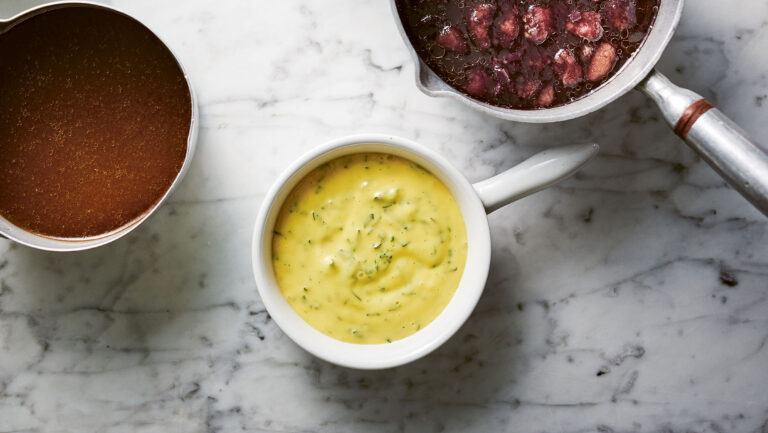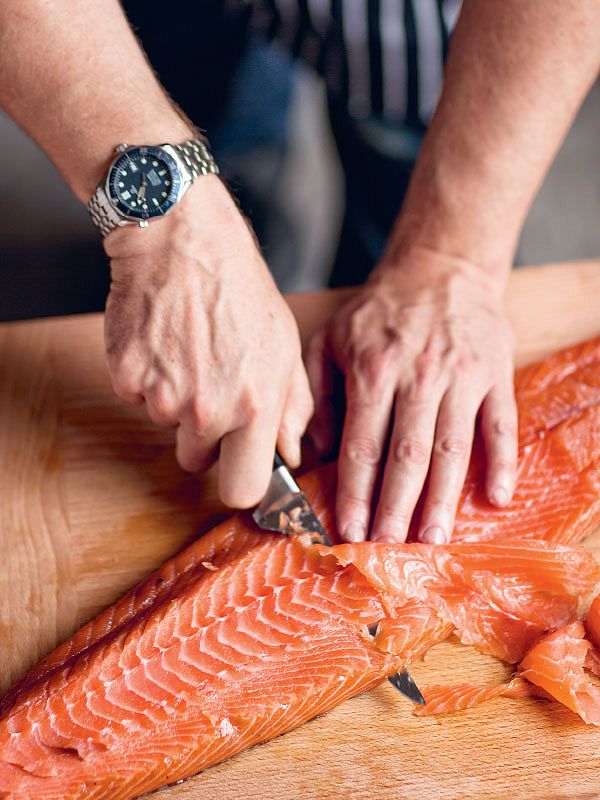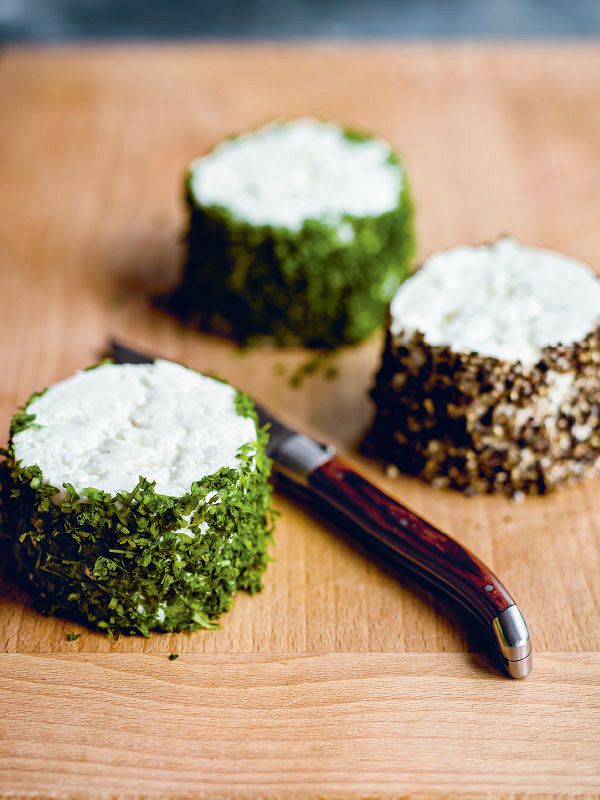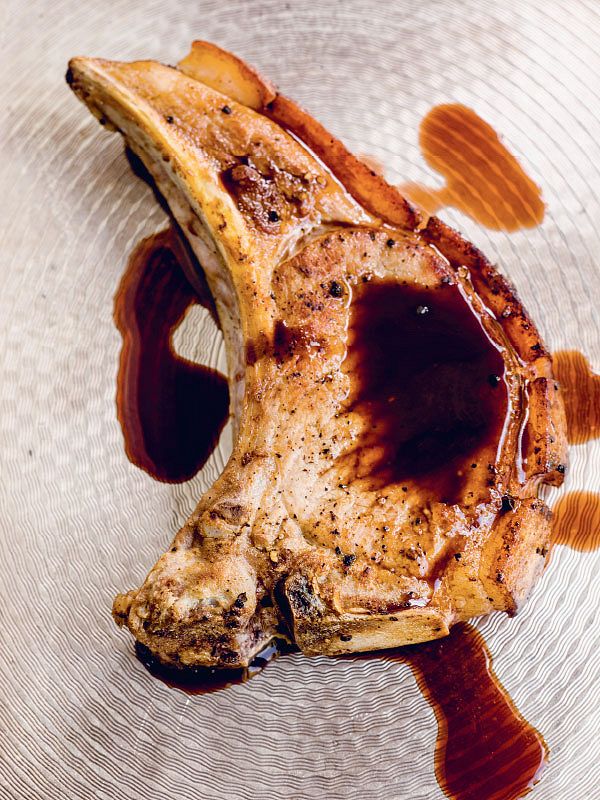Peking Duck
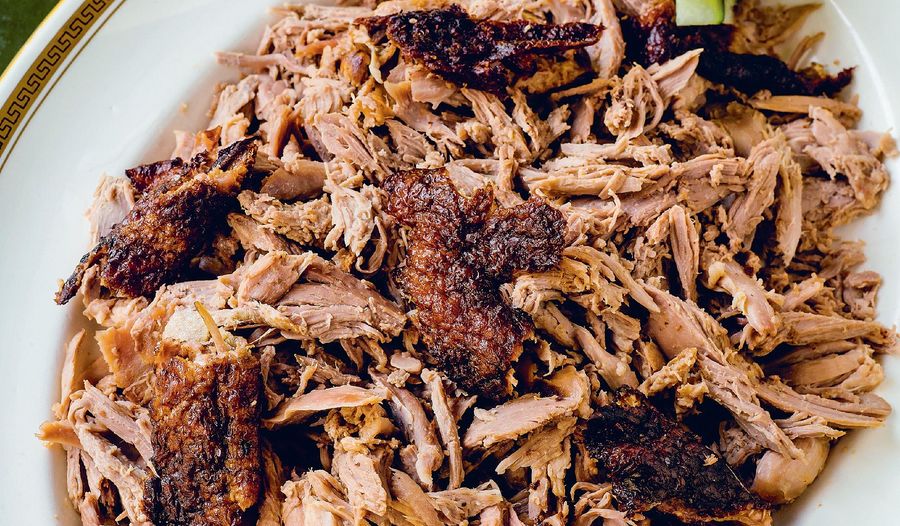
An excellent recipe for learning how to create crispy duck at home. Of course the delicious Peking duck is best served with plum sauce and Chinese pancakes.
Introduction
From a Chinese grocery, pick up a duck-hanging hook if you can find one. It’s just a couple of light butcher’s hooks attached to a metal ring and a handle – you can knock one up yourself out of a coathanger in two minutes, but the real thing is cheap, authentic and makes the job a whole lot easier. While you’re there, pick up a jar of ‘maltose’. This is a basic syrup of malt sugar, a common ingredient in Chinese cooking. It caramelizes beautifully but is less sweet than either regular sugar syrup or honey.
Ingredients
| 1 | whole duck |
| 100g | white wine or cider vinegar |
| For the seasoning (can be replaced by standard 5-spice mix): | |
| Salt | |
| Dried mandarin peel | |
| Star anise | |
| Szechuan peppercorns | |
| Fennel seeds | |
| Cinnamon | |
| Cloves | |
| For the glaze: | |
| 100g | maltose |
| 50g | vinegar |
| 500g | boiling water |
Essential kit
You will need a wooden skewer, a clean bicycle pump, a large cardboard box, a garden cane or chopstick and a desk fan!
Method
Thread the duck on to the hook, then lower it into a large pot of boiling water acidulated with 100g or so of vinegar and leave for 5 minutes.
Remove the duck from the boiling water, pat it dry, then season the inside of the cavity with a mixture of salt, dried mandarin peel, star anise, Szechuan peppercorns, fennel seed, cinnamon and cloves, finely ground in a pestle and mortar (commercial ‘five-spice’ mix will be fine if your spice cupboard is limited). Use a wooden skewer to stitch the lower vent closed, then insert a clean bicycle pump under the skin and pump it until it’s loosened all over.
Hang the duck up to dry. If you don’t have a flat roof with a reliable sea breeze and a small wooden hut, you’re going to need something a little more practical for home use.
Find a large, strong corrugated cardboard box and stand it on end so the lids open like cupboard doors. Cut a 3cm hole in the top and lay a garden cane or a chopstick across it. This will let you hang the duck inside and form a drying cabinet. An oven dish or roasting tin forms a good drip tray.
Use a desk fan to create a breeze around your duck or, to speed things up, play over it with a hairdryer. A little heat may speed things up, but don’t use so much that the fat begins to liquify and run. A greasy bird is much more difficult to handle and we need the skin papery dry if the glaze is to adhere properly.
Make up a mix of 100g of maltose, 50g of vinegar and 500g of boiling water. Paint it on to the dry skin of the duck and then dry again.
Repeat the painting and drying cycle as many times as you can over a 24-hour period, until the skin has built up a good glaze and has a parchment-like texture.
Finally, place the duck on a cooling rack over an oven dish of boiling water and roast slowly (around 160°C) until done (this depends on the size of your duck). In the last 15 minutes of cooking, whack the heat up to caramelize and crisp up the skin.
Break up the duck, tearing the flesh from the bones and piling it prettily on a serving platter. Serve with steamed Chinese pancakes, slivered spring onions and cucumber sliced into shards, with a small dish of hoisin dipping sauce.
Reviews
Have you tried this recipe? Let us know how it went by leaving a comment below.
Our team is taking a break over Christmas and may be slower to respond to your comments or queries. We apologise for any inconvenience this may cause.
Please note: Moderation is enabled and may delay your comment being posted. There is no need to resubmit your comment. By posting a comment you are agreeing to the website Terms of Use.
